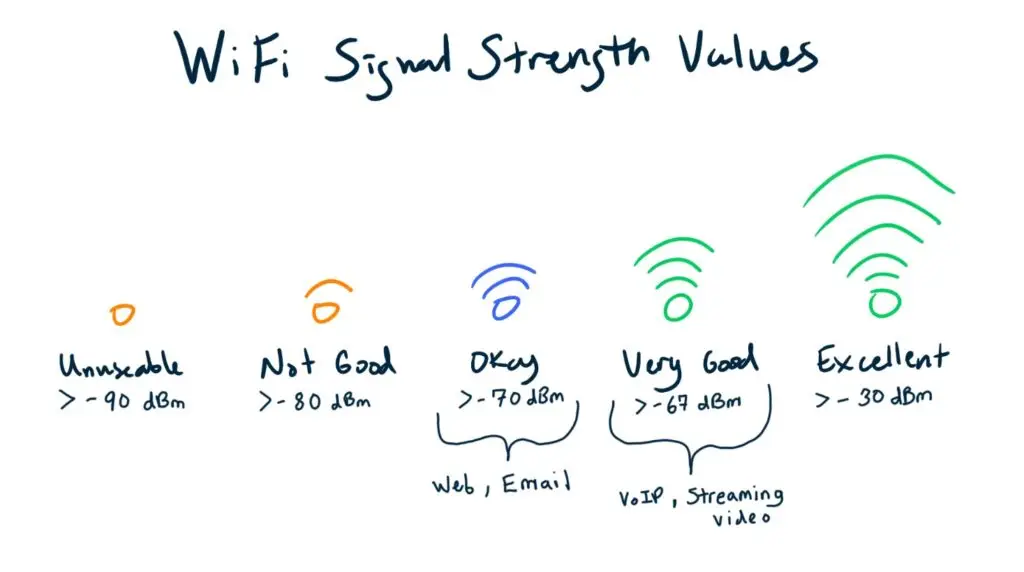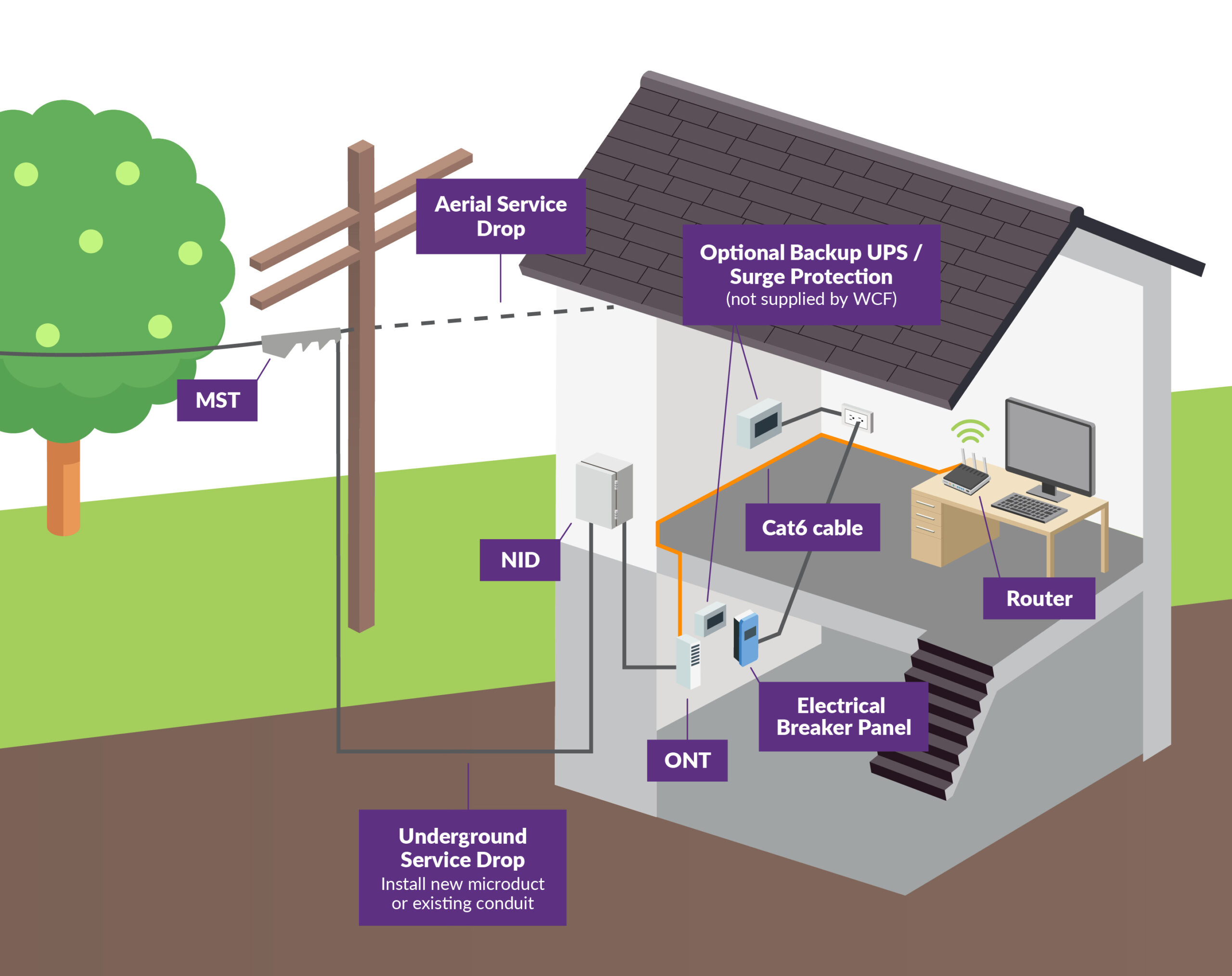Introduction: Wireless networks have become an integral part of our daily lives, serving as a vital means of communication and seamless connectivity. However, understanding the nuances of these networks can be challenging. One such crucial concept is Received Signal Strength Indication (RSSI). In this article, we will explore the significance of RSSI and how it impacts wireless network performance.
I. What is RSSI? RSSI, an acronym for Received Signal Strength Indication, is a measurement used in wireless networks to determine the strength of the signal received by a particular device, such as a smartphone or laptop, from an access point (AP) or router. This metric is represented as a numerical value, often in decibels (dBm), indicating the signal’s intensity at the receiving end.
II. Interpreting RSSI Values: Understanding the meaning behind RSSI values is pivotal in gauging the quality of a wireless connection. Typically, RSSI ranges between 0 and -100 dBm, with higher values indicating stronger signals. Nevertheless, interpreting these values can be complex due to varying factors such as distance, physical obstacles, interference, and device capabilities.
III. Relationship between RSSI and Signal Quality: While RSSI indicates the signal’s strength, it is essential to note that signal strength does not always equate to signal quality. External factors like noise and interference can degrade a signal, reducing its reliability. Therefore, relying solely on RSSI to determine network performance is insufficient, as it fails to account for signal distortions or potential packet loss.
IV. Signal-to-Noise Ratio (SNR): To obtain a comprehensive understanding of wireless network performance, it is imperative to consider the Signal-to-Noise Ratio (SNR) alongside RSSI. SNR represents the relationship between the received signal power and background noise level present in the environment. A higher SNR signifies a more reliable connection, ensuring minimal data corruption.
V. Factors Affecting RSSI: Numerous factors influence RSSI readings. Distance plays a significant role, as the signal weakens with greater separation between the device and AP. Physical obstacles, such as walls or furniture, can disrupt the signal, leading to decreased RSSI values. Additionally, interference from other electronic devices operating on similar frequencies can cause fluctuations in RSSI measurements.
VI. Using RSSI for Network Optimization: Despite its limitations, RSSI can serve as a valuable tool for optimizing wireless networks. By strategically placing APs and analyzing RSSI data, network administrators can identify weak areas with lower RSSI values and make necessary adjustments, such as repositioning access points or adjusting transmit power, to enhance coverage and improve overall network performance.
Conclusion: RSSI acts as a quantitative measure of signal strength within wireless networks. While it offers insights into the received signal’s power, other factors like SNR and interference must be considered to obtain a holistic picture of network quality. Employing RSSI measurements for network optimization empowers administrators to make informed decisions, ensuring reliable and efficient wireless connectivity for users.




